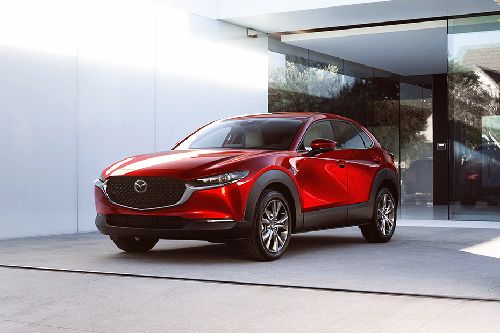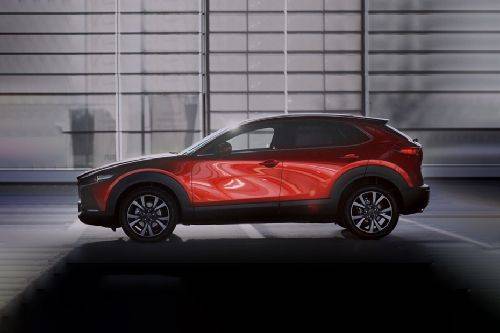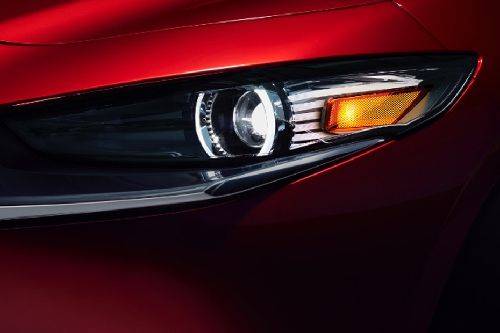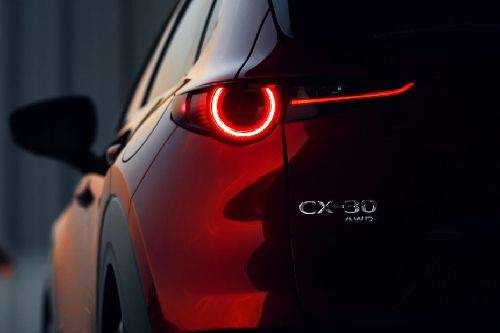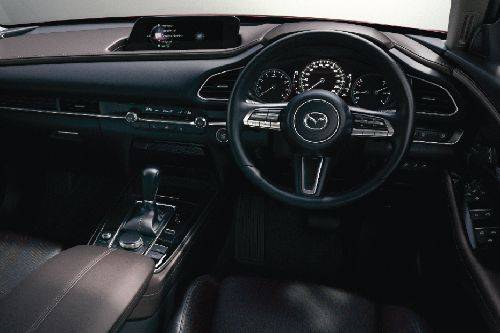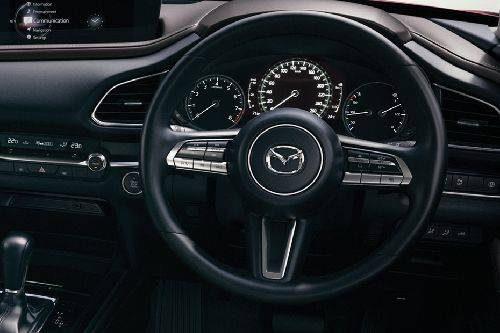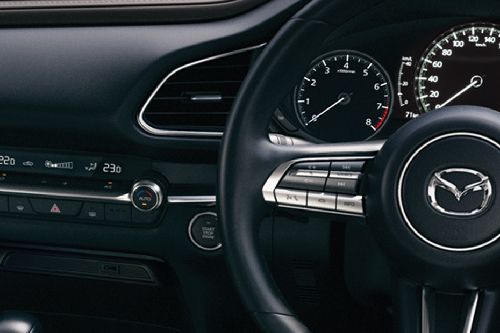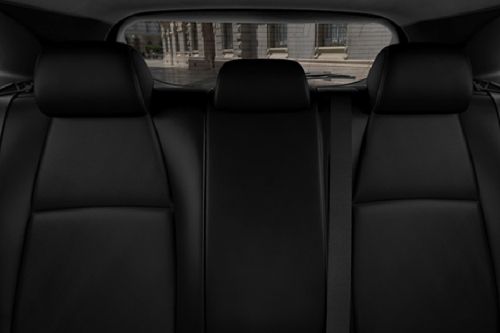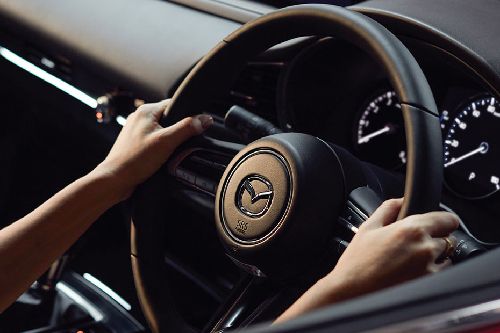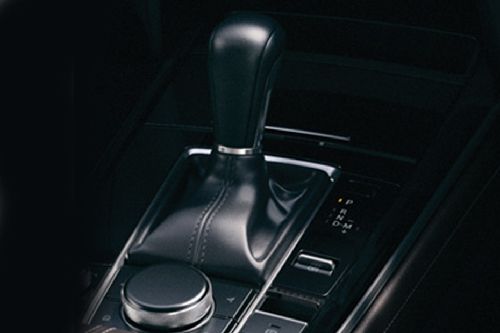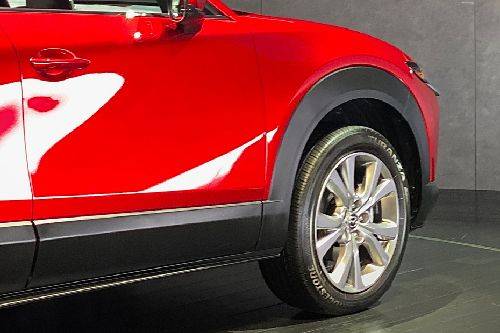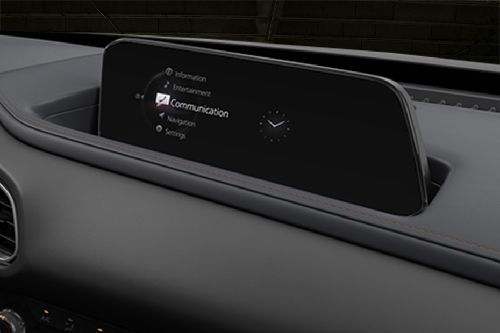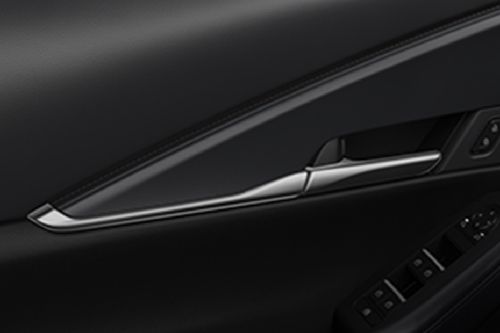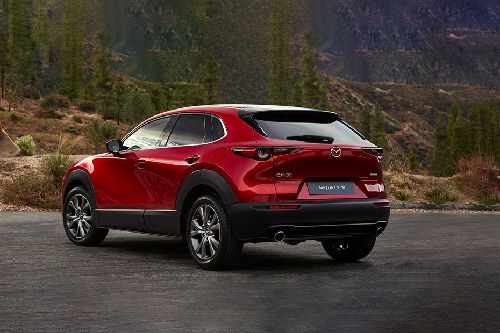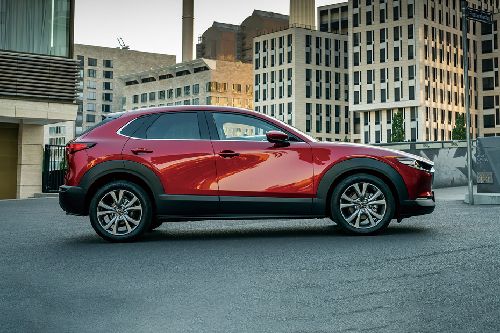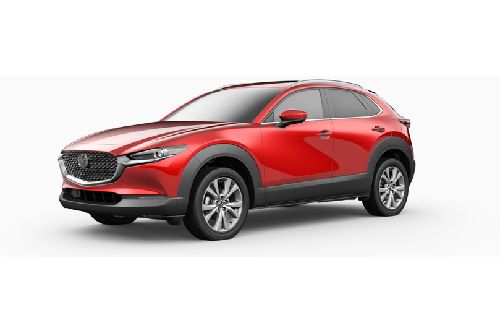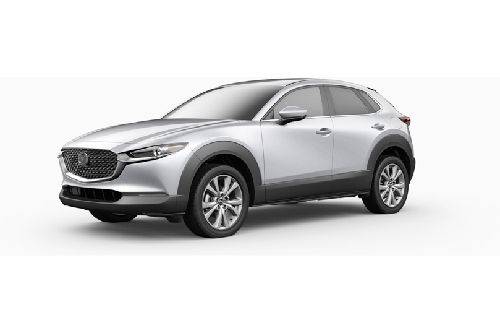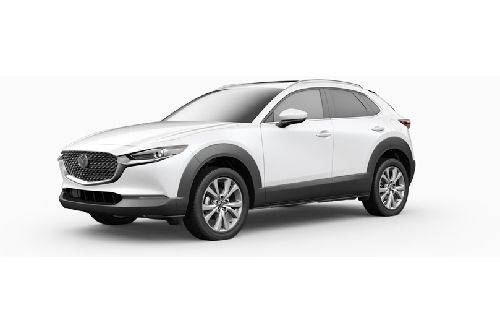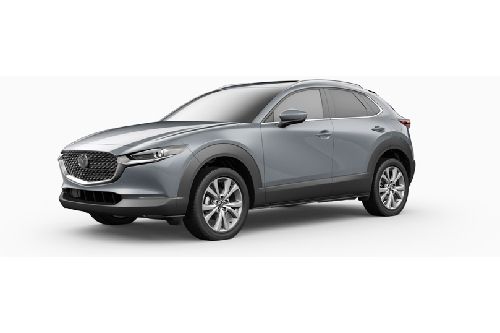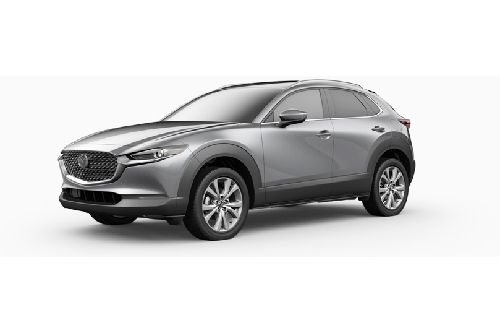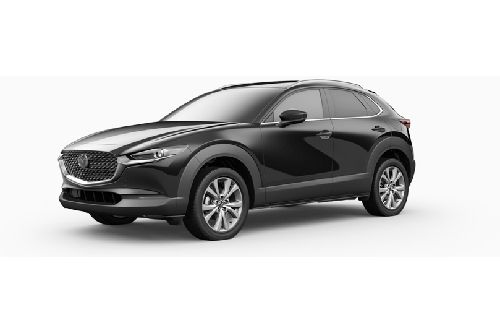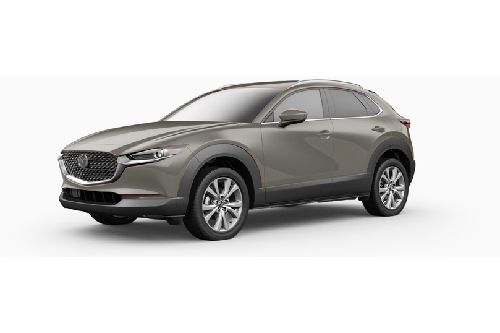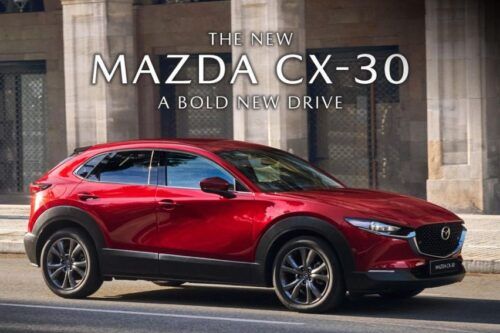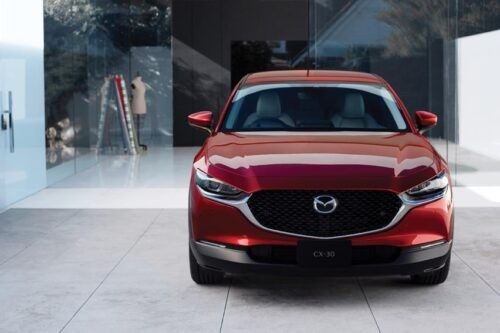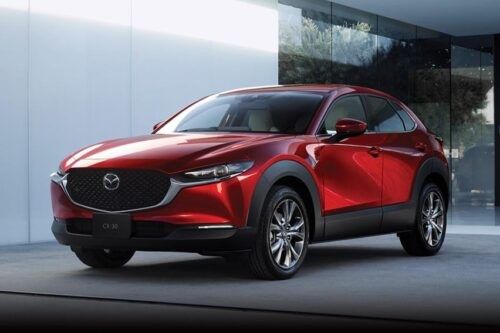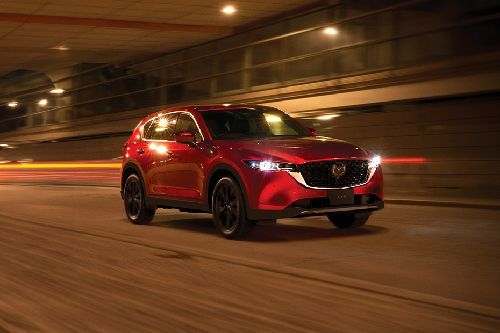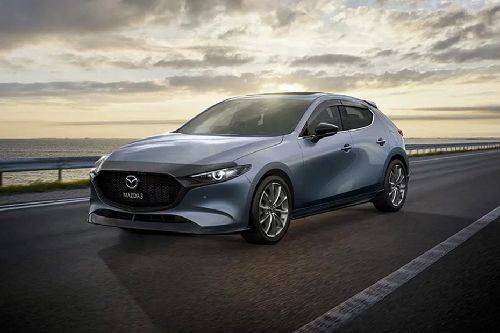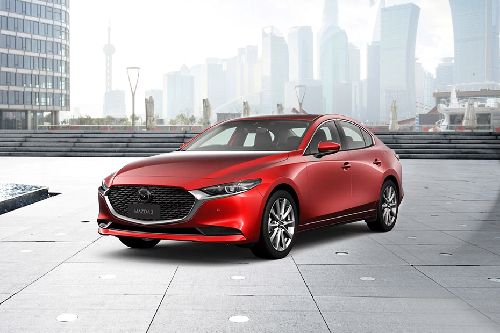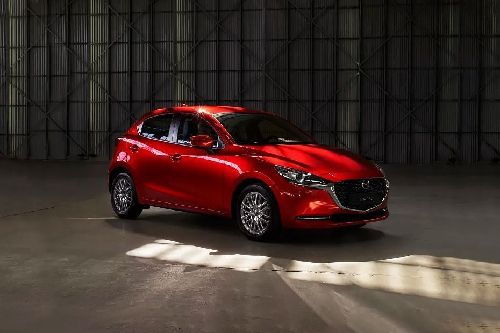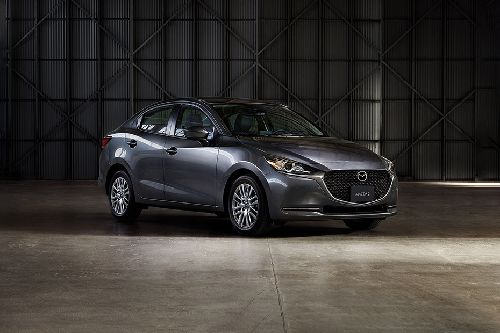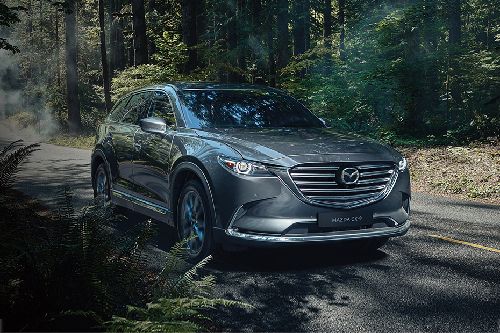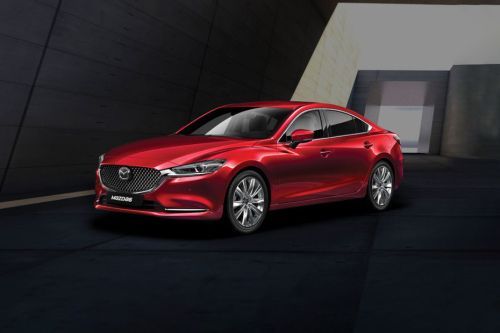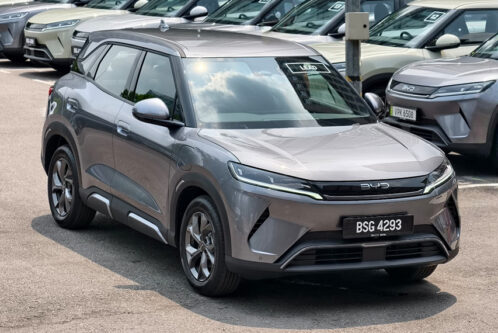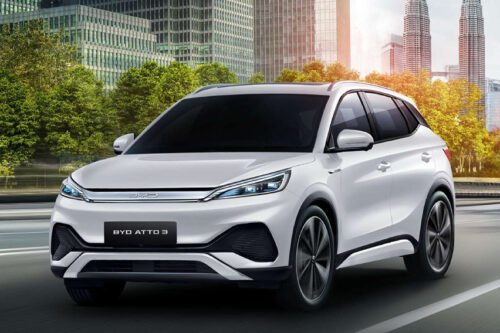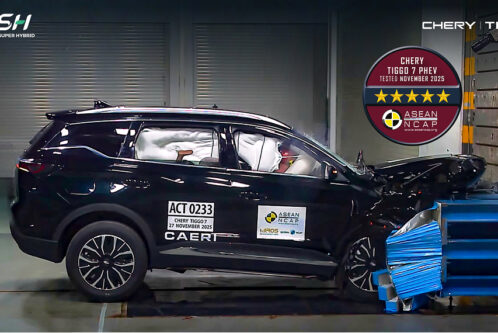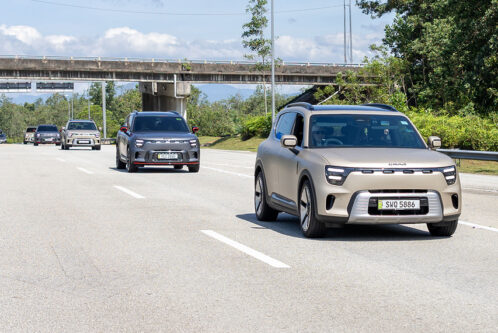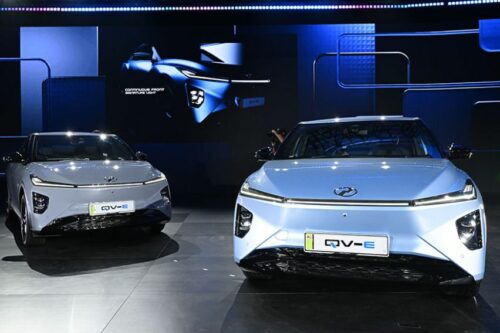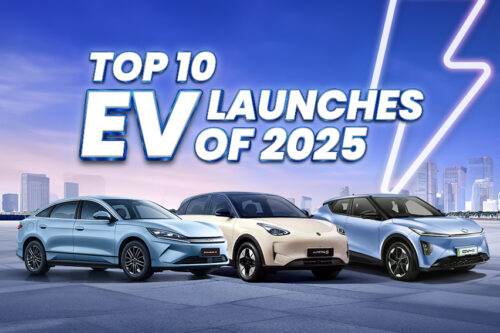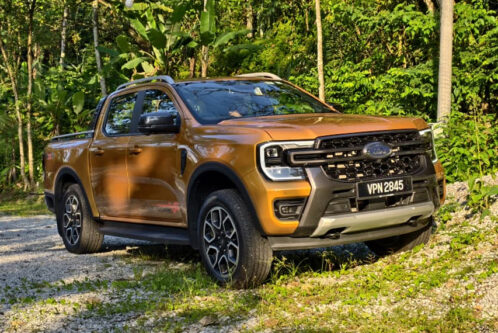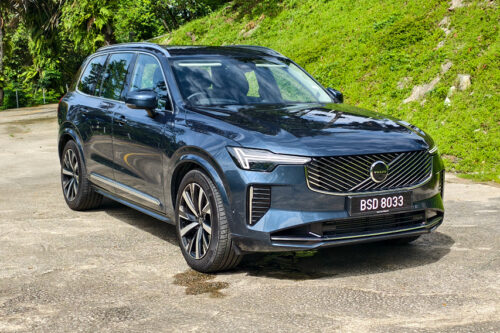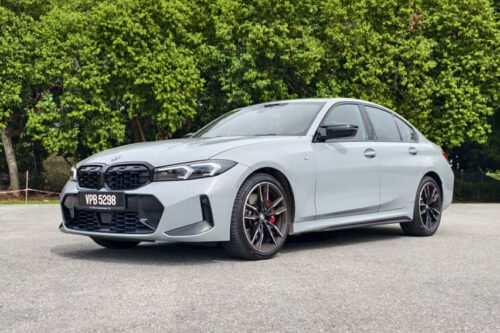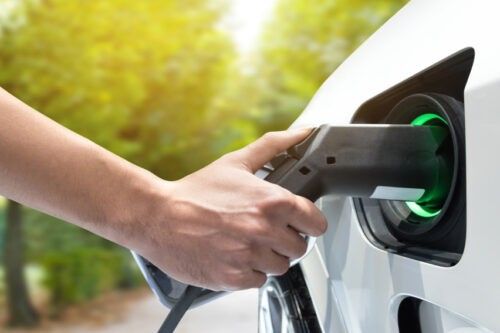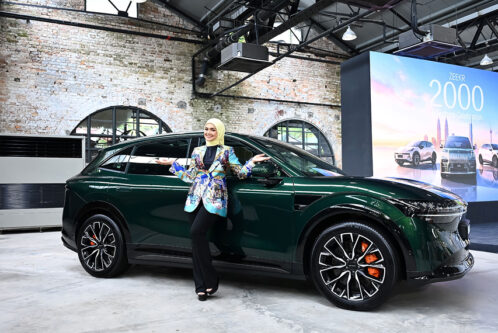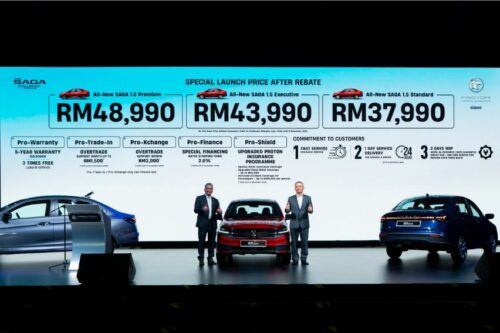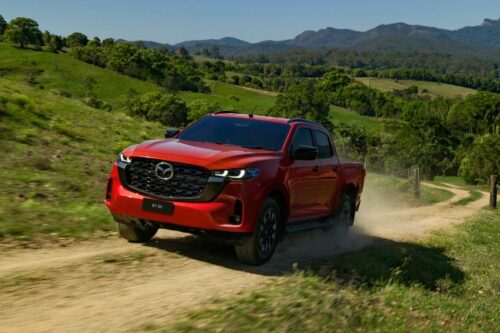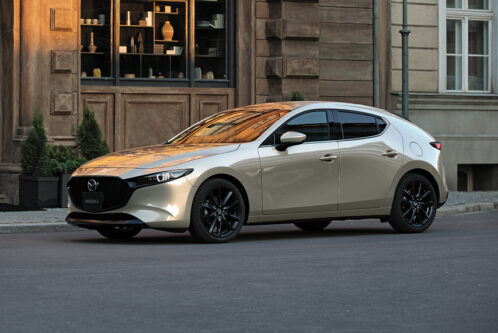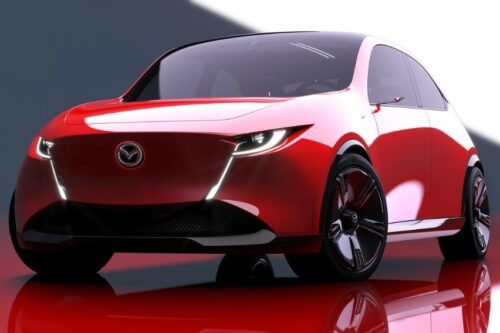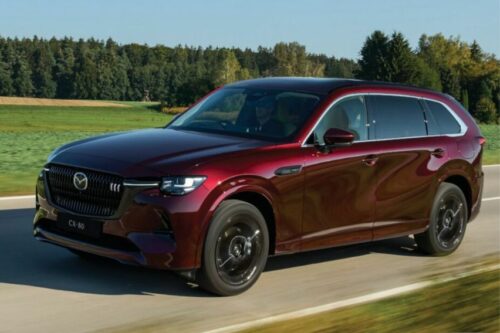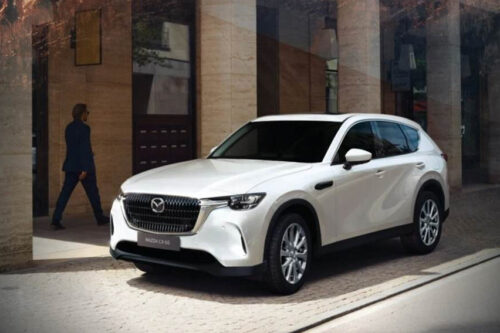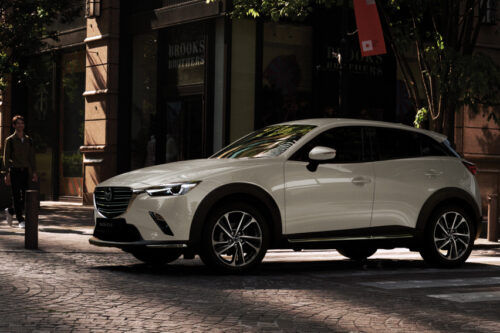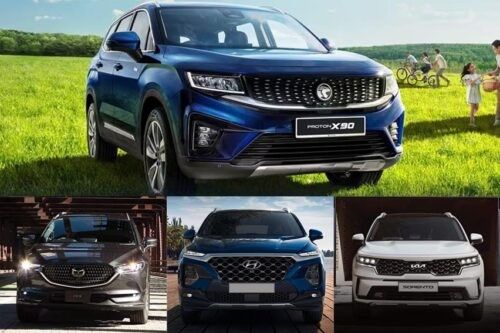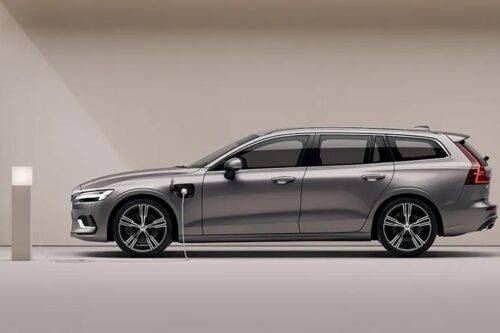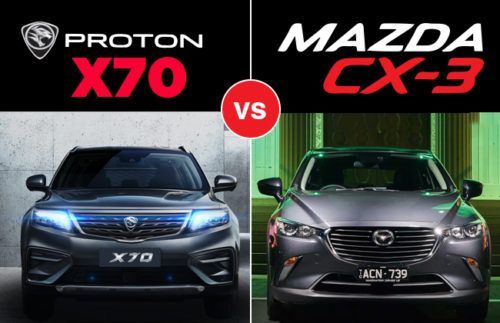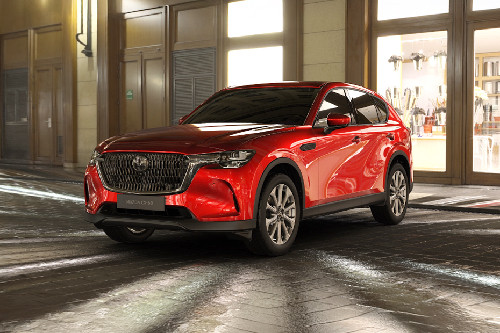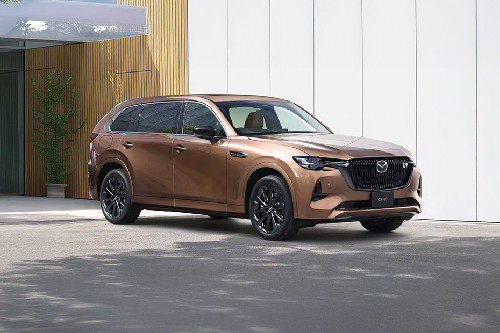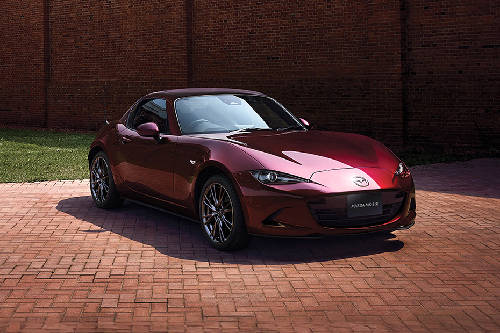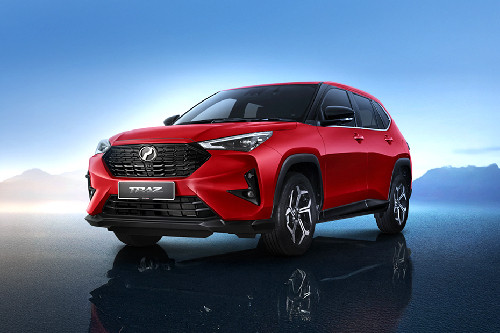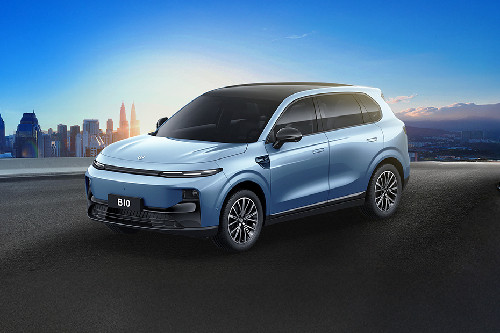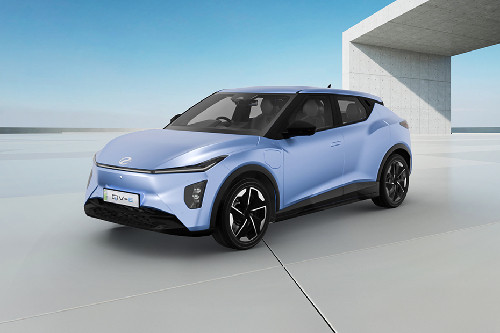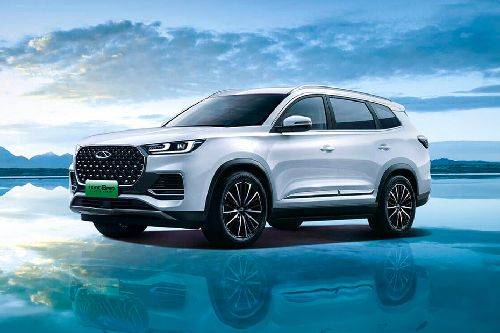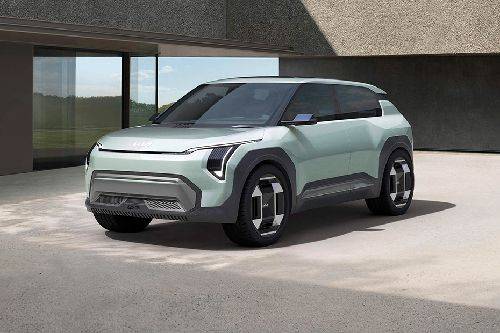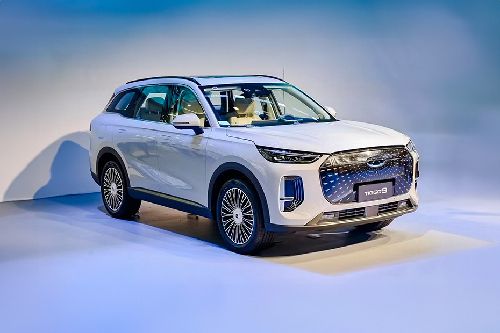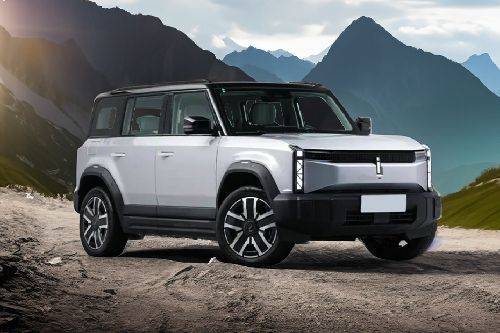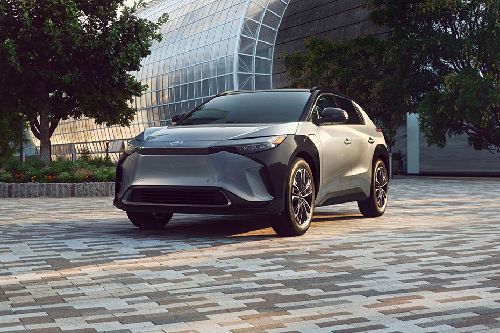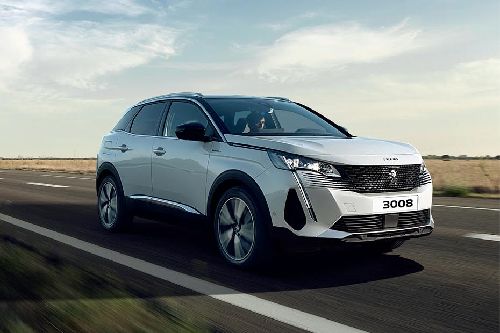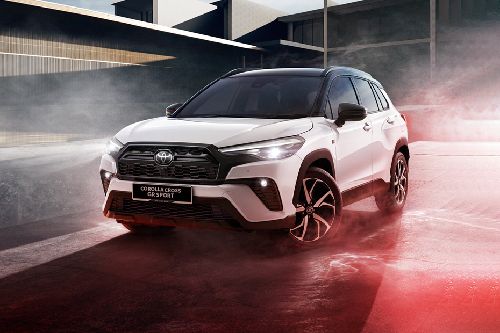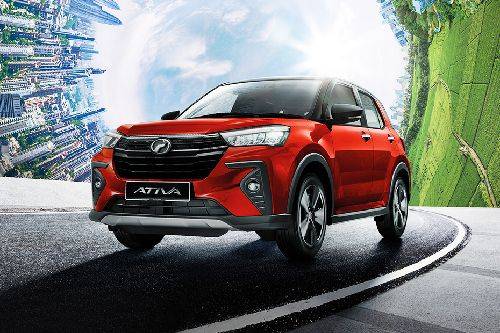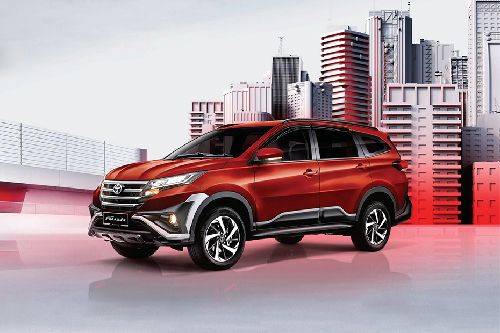Mazda CX-30 - Safety explained
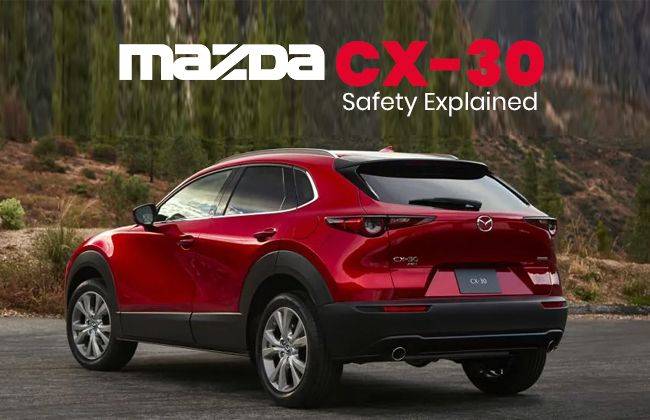
The 2020 Mazda CX-30 is one of the first facelifts to launch this year. It sits between CX-3 and CX-5 in Mazda’s line-up with a choice of petrol and diesel engines with a standard SkyActiv-Drive4 six-speed automatic gearbox. All three variants in the line-up including 2.0G, 2.0G High and 1.8D High are imported as completely built units. While two variants are powered by the petrol engine, there is a single diesel variant which sits at the top of the range.
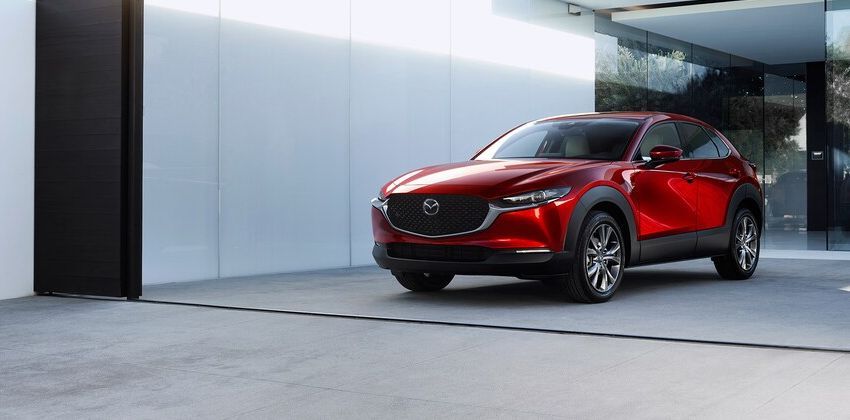
In terms of visual appeal, the SUV stands out in the segment, featuring LED headlamps, daytime running lights, 18-inch alloy wheels, LED tail-lamps and a bold body cladding. The five-seater cabin brims with a plethora of features including the large 8.8-inch display Mazda connect infotainment system supported by Apple CarPlay and Android Auto. A 10-way adjustable powered driver seat with memory function, paddle shifters and dual-zone climate control are also part of the pack in the higher variants.
Before we speak of the model's safety in-depth, let us first go through the Mazda CX-30 price list, and engine details.
2020 Mazda CX-30 price in Malaysia
| Variant | Price |
| Mazda CX-30 2.0G | RM 143,059 |
| Mazda CX-30 2.0G High | RM 164,059 |
| Mazda CX-30 1.8D High | RM 172,944 |
2020 Mazda CX-30 specifications & engine details
| Engine | 2.5L, four-cylinder, DOHC petrol | 1.8L, four-cylinder turbodiesel |
| Power | 163 HP at 6,000 rpm | 114 HP at 4,000 rpm |
| Torque | 213 Nm at 4,000 rpm | 270 Nm at 1,600-2,700 rpm |
| Transmission | SkyActiv-Drive4 six-speed AT | SkyActive-Drive six-speed AT |
| Top Speed | 196 kmph | 183 kmph |
2020 Mazda CX-30 safety features
Speaking of safety, the standard safety kit is layered with dual front airbags, side airbags curtain airbags, and driver side knee bag. The anti-lock braking system with electronic brakeforce distribution and hill launch assist are also standard. Other features that can be availed across line-up are auto hold for the electric parking brake, ISOFIX child seat anchors, dynamic stability control, traction control system and auto hold for the electric parking brake.
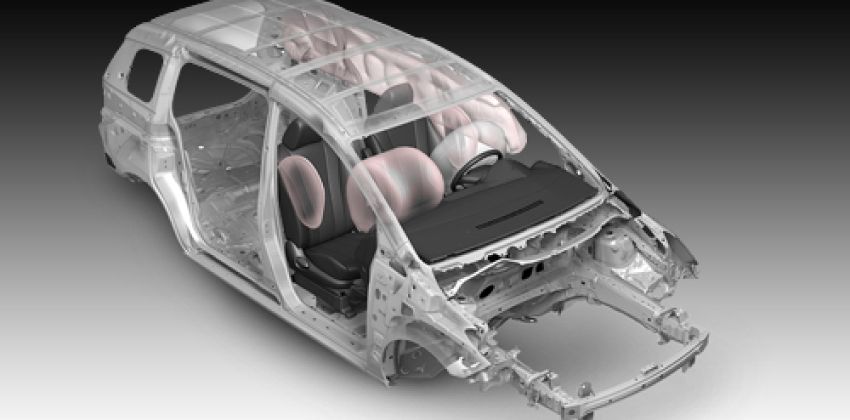
While the above features are standard across carline, modern bits such as adaptive front-lighting system and high beam control are reserved for the top-spec 2.0G High and 1.8D High variants. It also benefits from several advanced safety systems that are explained in detail, have a look.
Blind-spot monitoring
The blind-spot monitoring system is a sensor device used in vehicles (usually in premium models) which helps detect vehicles on the driver’s side and rear. It uses an electronic detection device, typically mounted on the wing mirrors or rear bumpers to detect vehicles in that vicinity. These sensors take computer-processed images through a digital camera or send electronic electromagnetic waves for detecting vehicles. The driver is alerted through flashing light or warning signals to prevent any hazardous event.
Lane departure warning system
It is another vital safety feature used to inform the driver of unintentional lane departures through detecting line markings on the road surface. This system works best on a long stretch of a straight road, where drivers tend to steer away from their lane. However, it does not sound an alarm when the turn signals are used while changing lane, as it is considered intentional. The LDWS in a vehicle helps reduce the chances of a collision or a fatal accident on road caused due to unintentional lane change while on the move.
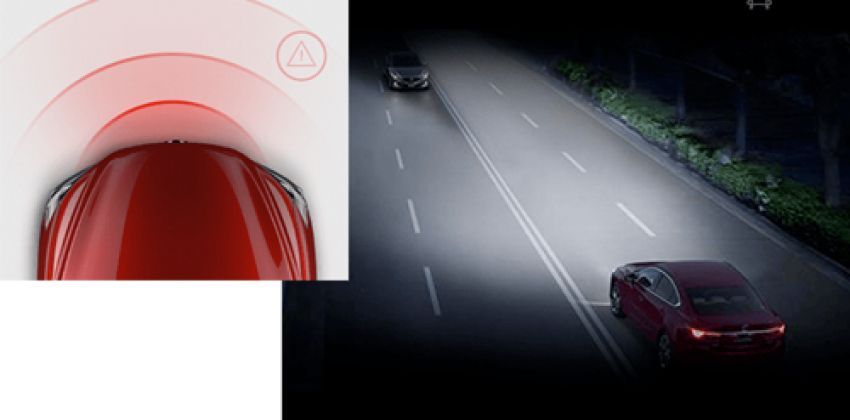
Rear cross-traffic alert
A rear traffic alert comes into force when you hit brakes abruptly while backing out, without noticing the vehicle approaching from the side. The primary function of this feature is to ensure a safe backing up of your vehicle in a parking lot or otherwise. It uses the same sensors and indicators as bling spot monitoring to detect vehicles coming from both sides to warn the driver either by flashing light on the side mirrors or through a warning sound.
Driver attention alert
The driver attention alert is a driver assistance feature that activates when a vehicle is driven above the speed of 65kmph for a longer period of time. A visual warning is flashed by the system on detecting signs of fatigue by analyzing driver’s inputs.
Smart city brake support (front & rear)
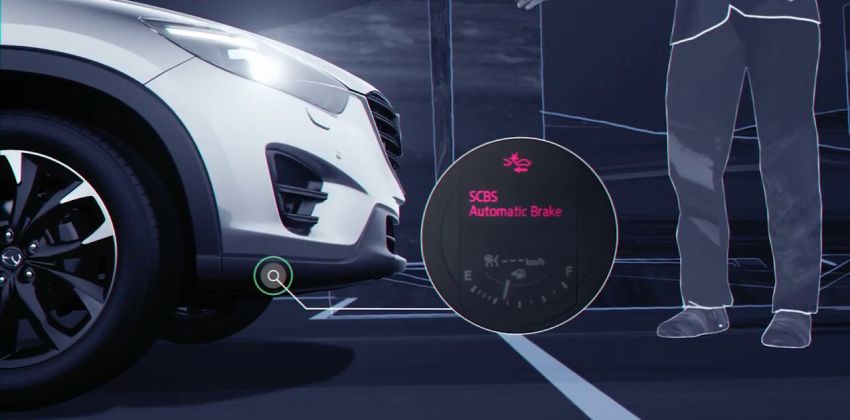
Most of the accidents take place at low speeds in urban areas or in congested traffic. This is when the smart city brake support pitches in as it helps avoid collisions with other vehicles. It functions through a laser sensor mounted on the front windshield which prepares the brake system to work to its full capacity when brakes are exerted in case of a collision. The system automatically applies brakes to reduce engine output if the driver does take any action.
Mazda radar cruise control
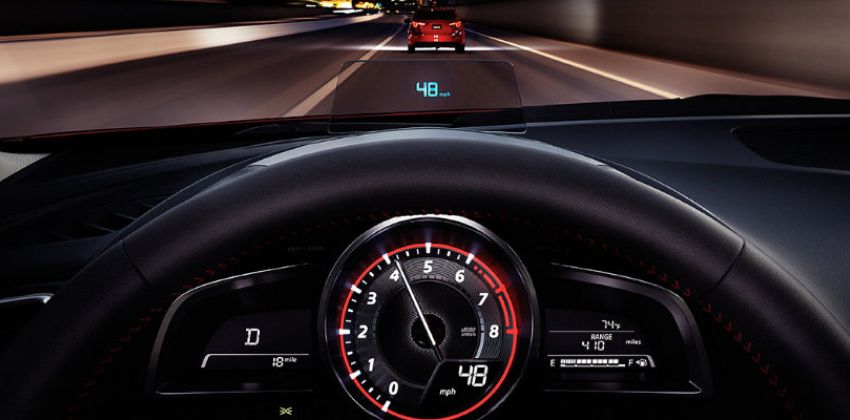
Mazda’s radar cruise control makes use of a millimeter-wave radar to analyze the distance and approximate speed of the vehicle ahead of your car and controls the vehicle’s speed accordingly. It automatically adjusts a safe distance from the car in front. This feature works well during long journeys and highway driving.
While these driver assistance features can help avoid accidents or reduce the impact of injury to a great extent, it is extremely important to stay alert while driving and take proper measures to stay protected.
Also read: 2020 Mazda CX-30: First impression
-
Explore Mazda CX-30
Mazda CX-30 Related Stories
- News
- Featured Stories
Mazda Car Models
Don't Miss
Malaysia Autoshow
Trending & Fresh Updates
- Latest
- Popular
You might also be interested in
- News
- Featured Stories
Mazda Featured Cars
- Latest
- Popular
Compare & Recommended
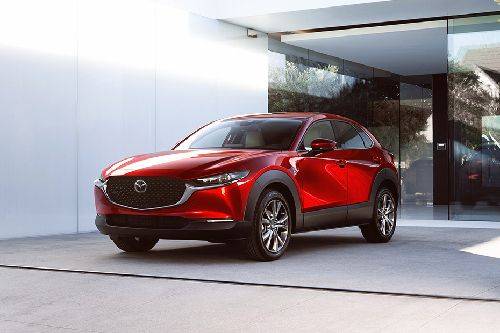
|
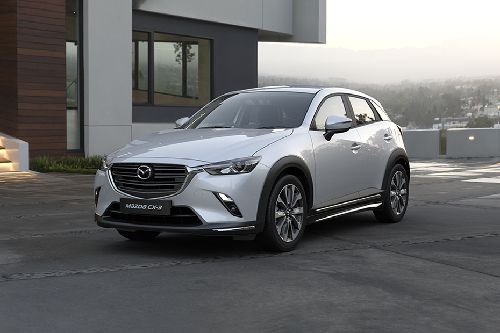
|
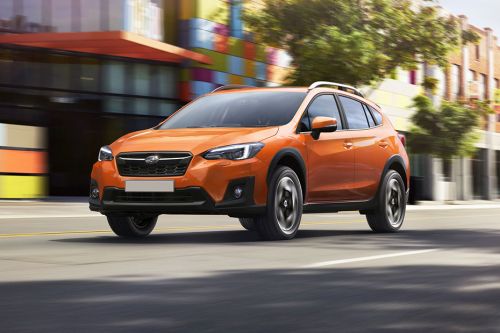
|
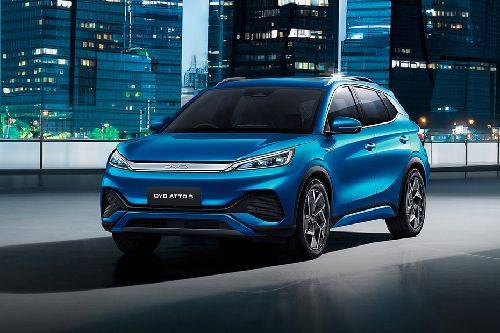
|

|
|
Ground Clearance
175 mm
|
145 mm
|
220 mm
|
150 mm
|
207 mm
|
|
Seating Capacity
5
|
5
|
5
|
5
|
5
|
|
Fuel Type
Petrol
|
Petrol
|
Petrol
|
Electric
|
Petrol
|
|
Engine
1998
|
1496
|
1995
|
-
|
1498
|
|
Power
162
|
114
|
154
|
201
|
119
|
|
Torque
213 Nm
|
149 Nm
|
196 Nm
|
310 Nm
|
145 Nm
|
|
Transmission Type
Automatic
|
Automatic
|
CVT
|
Automatic
|
CVT
|
|
|
Trending SUV
- Latest
- Upcoming
- Popular


